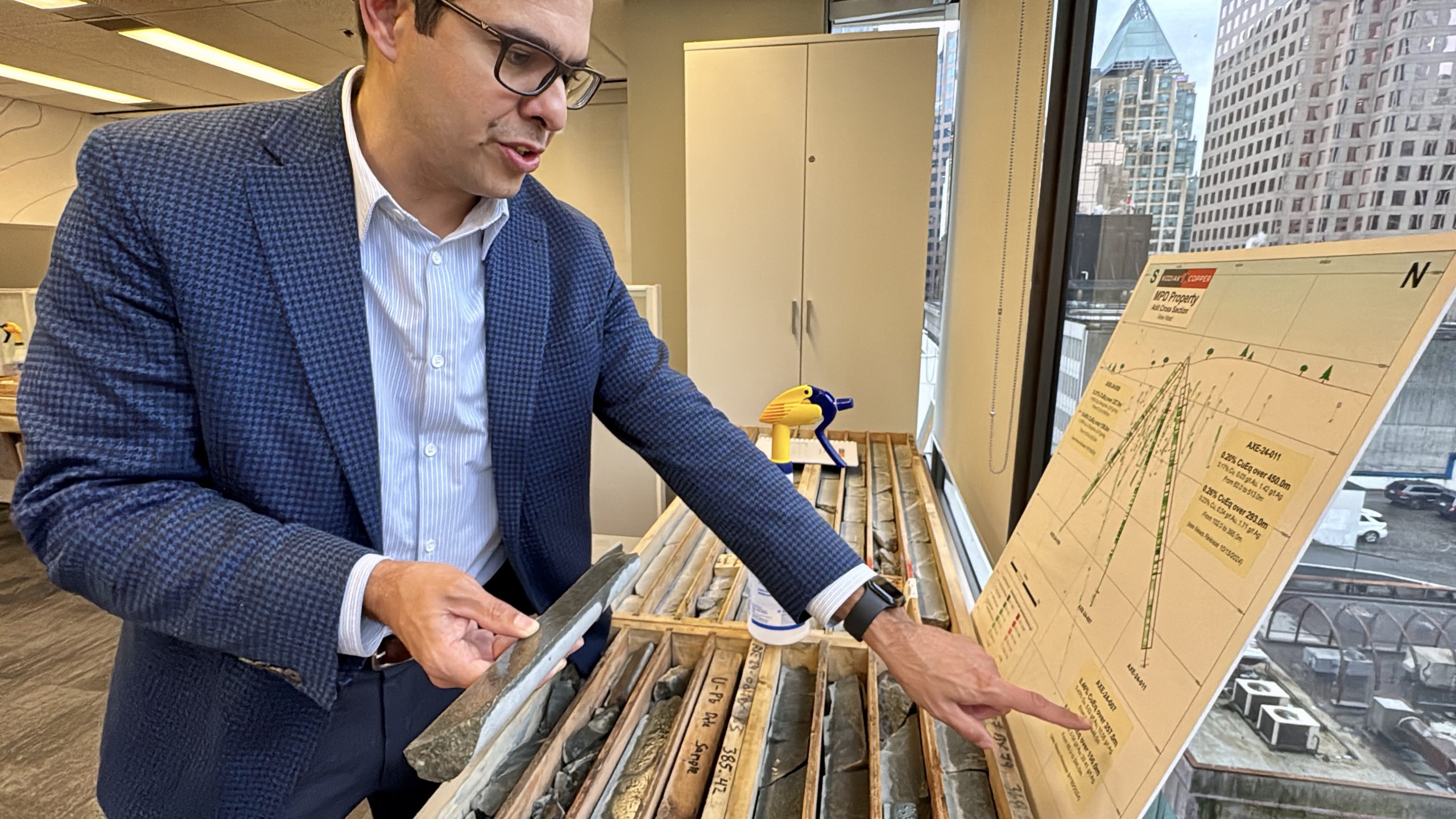Gold, vanadium, europium reveal existence of mysterious particle

An international group of researchers published a study in Proceedings of the National Academy of Sciences where they present evidence of the existence of Majorana fermions -particles that are theorized to also be their own antiparticle- on the surface of a gold object.
According to the scientists, this is a major step toward isolating the particles as stable, error-proof quantum bits or qubits for quantum computing.
In 1937, Italian theoretical physicist Ettore Majorana predicted that among fermions, there should be some particles that are indistinguishable from their antiparticles. He disappeared a year after making his prediction so scientists have been looking for Majorana’s enigmatic particle ever since
To observe the Majorana fermions, the team of physicists from the Massachusetts Institute of Technology, the Institute of Technology at Delhi, the University of California at Riverside, and the Hong Kong University of Science and Technology, designed and built a material system that consists of nanowires of gold grown atop a superconducting material, vanadium, and dotted with small, ferromagnetic “islands” of europium sulfide, which is a ferromagnetic material that is able to provide the needed internal magnetic fields to create the Majorana fermions.
When the researchers applied a tiny voltage and scanned the surface near the islands, they saw signature signal spikes near-zero energy on the very top surface of gold that, according to theory, should only be generated by pairs of Majorana fermions.
“Majorana fermions are these exotic things that have long been a dream to see, and we now see them in a very simple material — gold,” Jagadeesh Moodera, a senior research scientist in MIT’s Department of Physics, said in a media statement. “We’ve shown they are there, and stable, and easily scalable.”
According to Moodera, if they could be harnessed, Majorana fermions would be ideal as qubits, or individual computational units for quantum computers. The idea is that a qubit would be made of combinations of pairs of Majorana fermions, each of which would be separated from its partner. If noise errors affect one member of the pair, the other should remain unaffected, thereby preserving the integrity of the qubit and enabling it to correctly carry out a computation.
Moodera and his team said that this setup, requiring just three layers — gold sandwiched between a ferromagnet and a superconductor — is an “easily achievable, stable system” that should also be economically scalable compared to conventional, semiconductor-based approaches to generate qubits.
{{ commodity.name }}
{{ post.title }}
{{ post.date }}

Comments
George
Great thanks